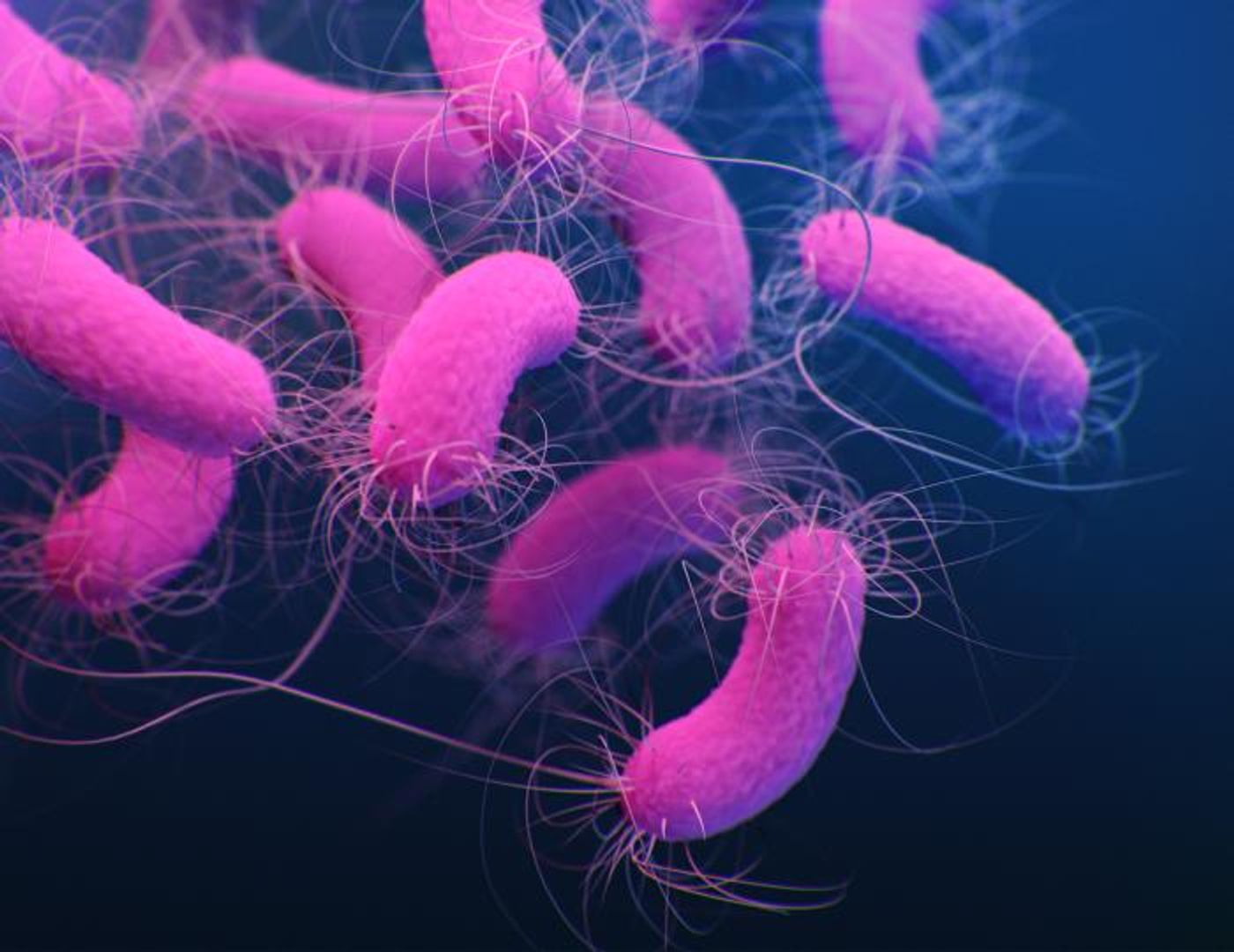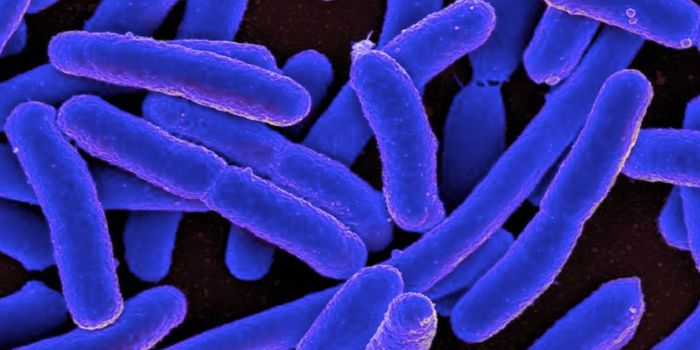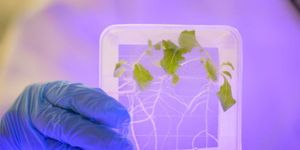Researchers Discover a Virus That Kills Deadly, Dormant Bacteria
We share the world with vast numbers of microbes, including archaea, bacteria, and viruses. These microbes have numerous survival strategies. Some bacteria, for example, are able to enter dormant states when they are under stressful conditions, like low nutrient levels. This allows them to slow metabolic processes to conserve resources until conditions improve. Bacteria can sometimes protect themselves from antibiotics this way.
There are viruses called bacteriophages that can infect bacterial cells, and some research has suggested that they can be used to fight drug-resistant bacteria. However, it's been thought that bacteriophages, or phages, could only be used against actively growing bacteria, and not bacteria that were in dormant states. New research has suggested otherwise, however. The findings have been reported in Nature Communications.
In this work, the researchers isolated a bacteriophage from a sample of rotting plants, which had been collected from a Swiss cemetery. The work showed that the phage is able to infect and kill dormant bacteria.
“This is the first phage described in the literature that has been shown to attack bacteria in a dormant state,” said first study author Enea Maffei, a doctoral candidate in the lab of Professor Alexander Harms of the the Biozentrum of the University of Basel and ETH Zurich.
This new phage was named Paride by the research team. Paride is able to infect a common environmental microbe called Pseudomonas aeruginosa, which can also cause severe respiratory infections including pneumonia. While Paride is known to infect P. aeruginosa, the mechanism is still unclear. The investigators suggested that the virus first wakes the bacterial cell from dormancy, then infects it and begins to use the cellular machinery to replicate. However, more research will be needed to decipher the process.
Eventually, it may be possible to combine this phage with an antibiotic to eliminate tough P. aeruginosa infections. “But we’re just at the beginning. The one thing we know for sure is that we know almost nothing,” acknowledged corresponding study author Professor Harms.
An antibiotic known as meropenem can interfere with the construction of bacterial cell walls, but does not affect phages. Since dormant bacteria are not making new cell walls, meropenem does not affect them either.
Paride was able to destroy 99 percent of dormant bacterial cells in a cell culture dish, leaving one percent alive. While meropenem seemed to have no effect on its own, only a combination of meropenem and Paride completely eliminated all of the dormant P. aeruginosa in cell culture dishes.
In a mouse model of chronic infection, neither meropenem nor Paride performed well on their own. However, they were effective when combined. “This shows that our discovery is not just a laboratory artifact, but could also be clinically relevant,” noted Maffei.
While phages have been applied to patients in the clinic, their use has been very limited, and only for the toughest infections. More research is needed before they can be broadly applied. Right now, individual case studies are the primary source of information, noted Harms.
“In the case of infections, that means it would be important to know the physiological state of the bacteria in question. Then the right phages, combined with antibiotics, could be used in a targeted manner. However, you need to know exactly how a phage attacks a bacterium before you can select the right phages for a particular treatment. This hasn’t happened yet because we still know too little about the phages,” Harms explained.
More studies are planned so that scientists can learn more about Paride and other phages, and their potential applications.
Sources: ETH Zurich, Nature Communications









